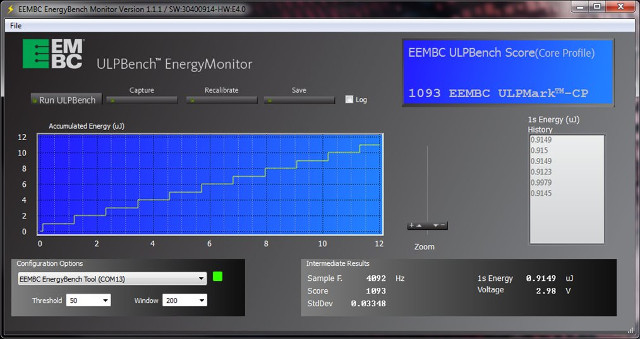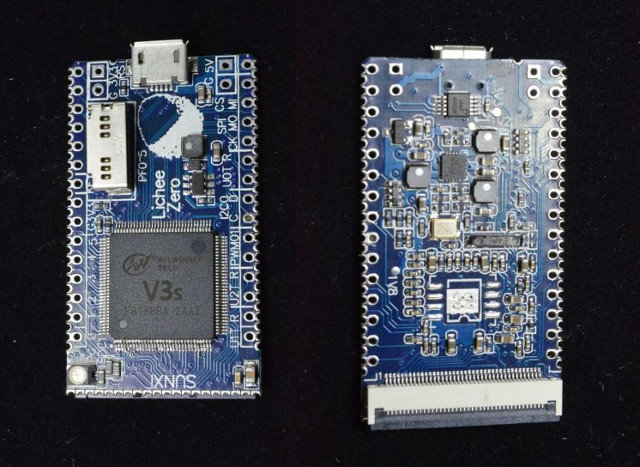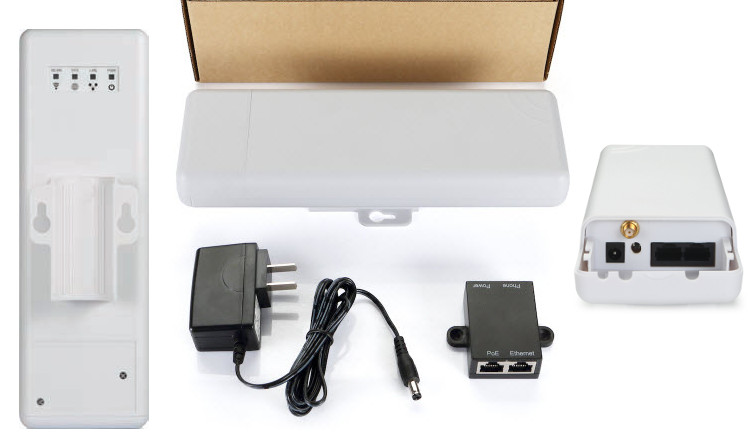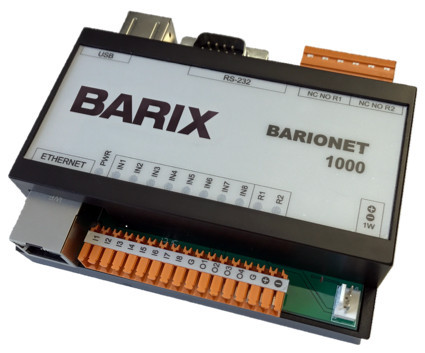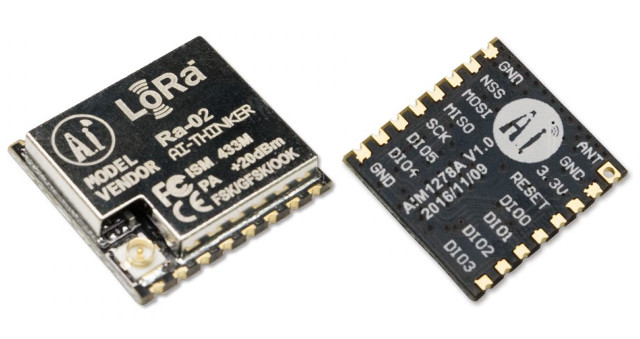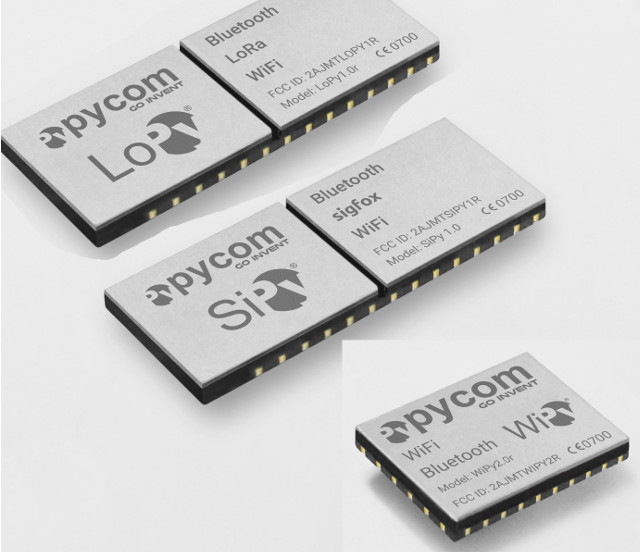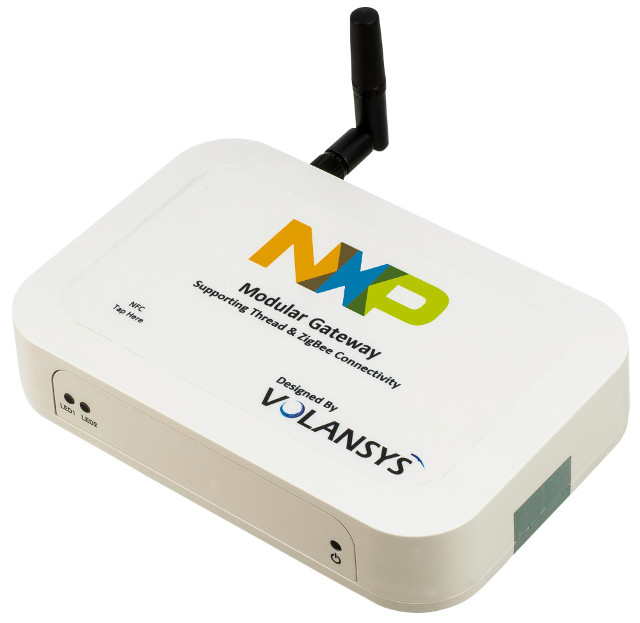EEMBC, the Embedded Microprocessor Benchmark Consortium, has been providing benchmarks for embedded systems since 1996, including ULPBench helping to rank micro-controllers by their power efficiency. But with the Internet of Things gaining traction, it’s important to test more than just the MCU core’s power efficiency, and having a benchmark taking sensors and connectivity into account would be useful. That’s exactly what EEMC IoT-Connect benchmark family aims for with the three main characteristics: Provides flexibility to accommodate various communication protocols (e.g. Bluetooth, Thread, LoRa, WiFi) Portable to work with any vendor’s microcontroller and radio-module products Compatible with EEMBC ULPBench and EEMBC IoT-Secure benchmarks The first benchmark of the family is IoTMark-BLE connectivity profile that supports Bluetooth (LE) MCUs. The benchmark requires fixed payload size, frequency of transmission, and transmit power, and performs a complete sequence of event ranging from sensor reading, to BLE notifications, and command write and CRC. The IoT-Connect […]
$6 LicheePi Zero ARM Board Runs Linux 4.10, Supports Lots of Add-On Boards (Crowdfunding)
We’ve already covered LicheePi One board powered by Allwinner A13 processor, but it was not for sale out of China, and the developers are now back with LicheePi Zero board/module, slightly bigger than an SD card, featuring Allwinner V3s processor, and offered for as low as $6, or $8 with WiFi via an Indiegogo campaign. LicheePi Zero specifications: SoC – Allwinner V3s ARM Cortex A7 processor @ up to 1.2 GHz with an ARM Mali-400 GPU, 512Mbit (64MB) DDR2 on-chip Storage – micro SD card slot, SPI flash (not 100% clear if it will be populated when shipped to backers) Display – FPC40 RGB Connector with support for 800×480 RGB LCD Audio – Audio codec USB – micro USB OTG port Expansion 2x 15 headers with 2.54mm pitch, breadboard friendly with GPIOs, 2x UART, 1x SPI, 2x I2C,ADC, 1x PWM 2x 30 half-holes with 1.27mm pitch with OTG USB,MIPI CSI,EPHY,RGB […]
STMicro Introduces STM32 LoRaWAN Discovery Board & I-NUCLEO-LWAN2 STM32 LoRa Expansion Board
STMicroelectronics and Mouser have launched two new products with LoRa connectivity: STM32 LoRaWAN Discovery Board with an STM32L072 ARM Cortex M0+ MCU and Semtech SX1276 transceiver, and I-NUCLEO-LRWAN1 STM32 LoRa expansion board for STM32 Nucleo boards with an STM32L052 MCU and Semtech SX1272 radio transceiver. STM32 LoRaWAN Discovery Board B-L072Z-LRWAN1 STM32L0 Discovery kit LoRa specifications: LoRa Module – Murata CMWX1ZZABZ-091 with MCU – STM32L072CZ ARM Cortex -M0+ MCU @ 32 MHz with 192 KB Flash memory, 20 KB RAM, 20 KB EEPROM SX1276 transceiver supporting LoRa, FSK, GFSK, MSK, GMSK and OOK modulations Antennas – SMA and U.FL RF interface connectors, 50 Ohm SMA RF antenna Debugging – On-board ST-LINK/V2-1 supporting USB re-enumeration capability Expansion – Arduino Uno V3 connectors Misc – 7x LEDs, 2x push-buttons (user and reset) Power supply – Via USB bus or external VIN/3.3 V supply voltage or batteries; 3xAAA-type-battery holder for standalone operation (on the […]
Dragino OLG01 Outdoor Single Channel LoRa Gateway Runs OpenWrt, Supports Passive PoE
Dragino Technology, a Shenzhen based startup focusing on the Internet of Things, had already designed LoRa shields & Hats for Arduino & Raspberry Pi boards which can be useful for LoRa nodes, but the company has now launched Dragino OLG01 LoRa gateway running OpenWrt that communicates with nodes over LoRa, and to the cloud using WiFi, Ethernet, or 3G/4G. Dragino OLG01 specifications: WiSoC – Atheros AR9331 MIPS processor @ 400MHz System Memory – 64MB RAM Storage – 16MB flash MCU – Atmel ATMega328P AVR MCU with 32KB flash, 2KB SRAM Connectivity 802.11 b/g/n WiFi with antenna 2x 10/100M Ethernet with support for passive PoE Optional 3G/4G module connected to internal USB socket (TBC) Semtech SX1276/78 LoRa wireless module + SMA connector (antenna not provided) up to 5~10 km range USB – 1x USB 2.0 host port Power Supply – 12V DC power jack or PoE Three models are offered with […]
Barionet 1000 DIN Rail Programmable I/O Controller Runs OpenWrt
Barix, a Swiss company specializing IP- based communications and control technology, has introduced a new Barionet programmable I/O controller with Barionet 1000, the first model of the company to run Linux, and in this case OpenWrt, and to offer WiFi and USB connectivity. Barionet 1000 specifications: Processor – Undisclosed System Memory – 64MB RAM Storage – 16MB flash Connectivity – 10/100M Ethernet, Wi-Fi 802.11 b/g/n; IPv4 & IPv6 support. USB – 2x USB Host Ports Serial – 1x DB9 RS-232 serial port User programmable I/Os 2x relay outputs (30 VDC max, 5 A) 4x open collector digital outputs (4 x 24 VDC, 0.3 A) 8x contact closure inputs (0 – 15 V), including 4x 12-bit analog inputs (0 – 15 V) 1-wire interface for 18DS20 temperature sensor Misc – 11 LED status indicators Power Supply – 9 to 30V DC (2.5 Watts max) Dimensions – 103mm x 85mm x 31mm; […]
433/868/915 MHz LoRa Modules Are Now Selling for $6 and Up
Market forecasts for the Internet of Things promise billions of connected device in the years to come, but this won’t happen when LPWAN connector sensors cost $50 or more, so prices will have to come down. I’ve been told that one company is working on a WiFi + LoRa module that’s going to sell for $5 to $6 sometimes in 2017, but in the meantime, it’s possible to get some LoRa modules for less than $10, albeit limited to 433 MHz frequency not the more common 868 MHz (EU) and 915 MHz (US), thanks to products such as AI-Thinker Ra-02 module. Ra-02 specifications: Chipset – Semtech SX1278 low power long range transceiver Radio 433MHz frequency (420 to 450 MHz range) +20dBm – 10mW constant RF output vs. V supply; up to 300 kbps bitrate Supports FSK, GFSK, MSK, GMSK, LoRa and OOK Modulation Mode 127dB RSSI wave range. I/Os – […]
Pycom To Sell WiFi, BLE, LoRa and Sigfox OEM Modules for Your Own Hardware Projects
Pycom is the company making some relatively popular IoT boards programmable with Python such as WiPy, LoPy, SiPy, and soon FiPy, supporting respectively WiFi+BLE, LoRa+WiFi+BLE, Sigfox+WiFi+BLE, and for the latter all four plus LTE CAT M1/NB1. Those little boards are great for personal projects and/or to experiment, but for those of you who would like to integrated IoT connectivity into your own hardware projects, Pycom will soon launch three OEM module for corresponding to WiPy, SiPy and LoPy connectivity featues with respectively W01, S01 and L01 modules. Key features: W01 WipY 2.0 OEM Module – Dual network BLE and WiFi – 7.95 Euros L01 LoPy OEM module – LoRa, WiFi and Bluetooth – 14.95 Euros S01 SiPy OEM module – Sigfox, WiFi and Bluetooth; Available in both 14dB (for Europe) and 22dB (outside Europe) version for respectively 14.95 and 19.95 Euros All three models have basically the same functionality as […]
NXP Modular IoT Gateway Supports Thread, Zigbee, NFC, Bluetooth and WiFi Connectivity
NXP has just announced a modular IoT gateway solution for large node networks (>= 250 nodes) based on Volansys i.MX6UL system-on-module, supporting wireless communications protocols such as Thread, ZigBee, NFC through add-on modules, on top of Wi-Fi and Bluetooth 4.1. NXP Modular IoT Gateway specifications: SoM – Volansys i.MX6UL 200-pin SO-DIMM module with: SoC – NXP i.MX 6UL ARM Cortex A7 processor @ 528 MHz System Memory – 256MB to 1GB DDR3L RAM Storage – 1GB to 4GB NAND flash, optional 4GB to 16GB eMMC flash, EEPROM for device info PMIC, Mbit Ethernet PHY Wireless Connectivity Expansion Modules: PN7120 explorer board for NFC Kinetis KW41 module for Thread support JN5169 module for Zigbee support 2x MikroBUS headers Baseboard connectors / features: Storage – 1x micro SD slot Connectivity – 1x 10/100M Ethernet port, Murata WiFi 802.11 b/g/n & Bluetooth 4.1 + EDR module with external antenna connector USB – 2x […]


